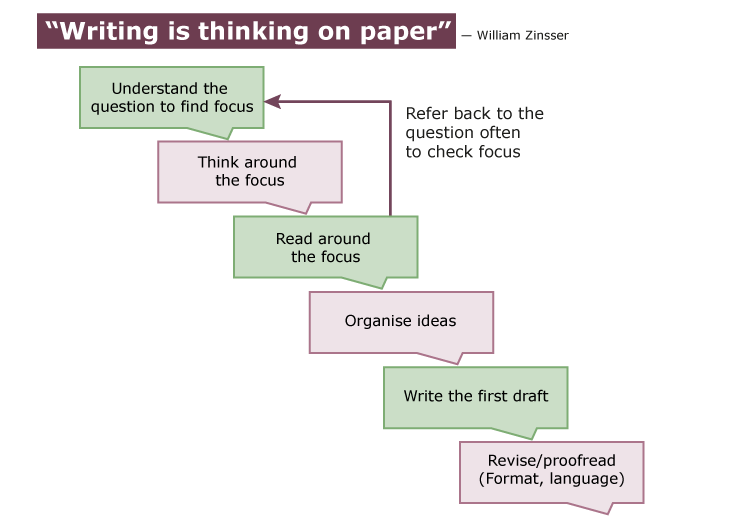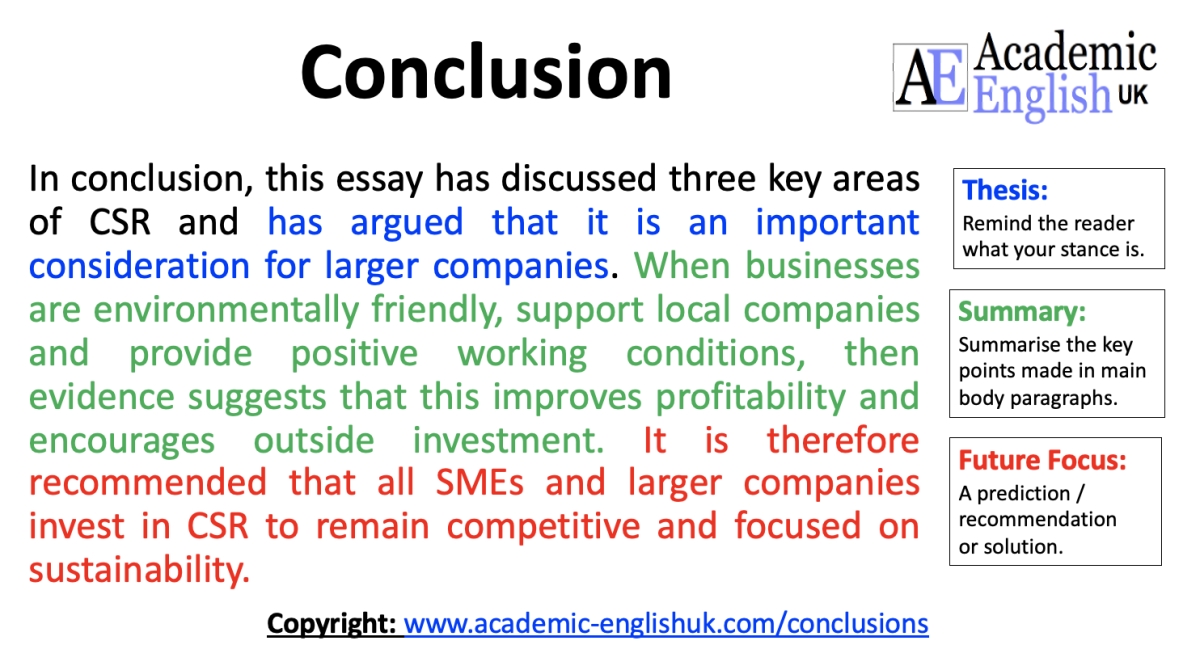When writing an essay, one of the first things to consider is the type of essay that one is going to write. Whether it’s an argumentative, descriptive, or personal anecdote, there are some basic rules that you should follow in writing an essay for and against an idea. The purpose of the introduction paragraph is to introduce the topic and make the reader understand what the essay is all about. You should also give the reader some background information so that they will be able to see the perspective you are taking.
Argumentative essay
An argumentative essay for and against an idea is a piece of writing that argues a point of view. It should include well-reasoned arguments that support the thesis and prove its point. It should also refute counterarguments if any. Before you write an argumentative essay, consider your audience. Is the topic a controversial topic? What should be your audience’s reaction to it? And how can you make the topic as compelling as possible without offending anyone?
Expository essay
Writing an expository essay involves examining the impact of a particular issue and proposing a solution. A process essay is similar to an expository essay, but it breaks down a topic step-by-step, providing clear instructions for how to accomplish a task. These essays are commonly used in social sciences and often present a nuanced view of a topic. It may also be written in the third person and focuses on the individual’s point of view.
Descriptive essay
Describe an object, place, or event to describe its sensory qualities. Then, explain how that object can change a person’s physical or emotional state. In the body of the essay, every argument must be supported by reasons or statements. You can also use transition sentences between different parts of the essay. Lastly, write a conclusion that summarizes the main points in the body and links them back to the main point.
Personal anecdote
If you are thinking about writing a short story, consider how you will present your personal anecdote. It is a great way to tell a story while using descriptive language. It will draw your reader in with the details and will help them picture the event. Using sensory descriptors like time, place, and weather will help your reader visualize the event. Then, you can add believable dialogue, which will help them connect with your story.
Diagram
A good way to organize your ideas and start writing an essay is to use a diagram. This is similar to an outline, but enables you to break your ideas down into individual sections. Creating a diagram does not require extreme organization. While some people prefer a diagram’s flowing structure, others like a more formal outline. Either way, you can always change the format of the essay later.
Evidence
When writing an essay for and against a subject, evidence is essential to a successful argument. Evidence comes from examples, facts, quotes, and other sources. You use evidence all the time. The last time you asked your parents for something, you probably gave them a price quote or told them that you had a bad experience. In the same way, you use evidence to convince your audience that you’re right.
Conclusion
The conclusion of an essay for and against should summarize and acknowledge the main points of the essay and state the position taken. The conclusion can also connect with a broader context. Here are some guidelines to help you write a good conclusion. First, paraphrase the essay question phrases. Paraphrase the questions so that you do not sound biased. This also minimizes the chance of stating something that is not important. After all, the goal is to present the main idea in the most concise manner possible.




